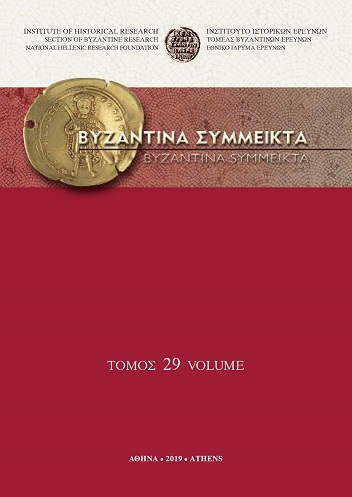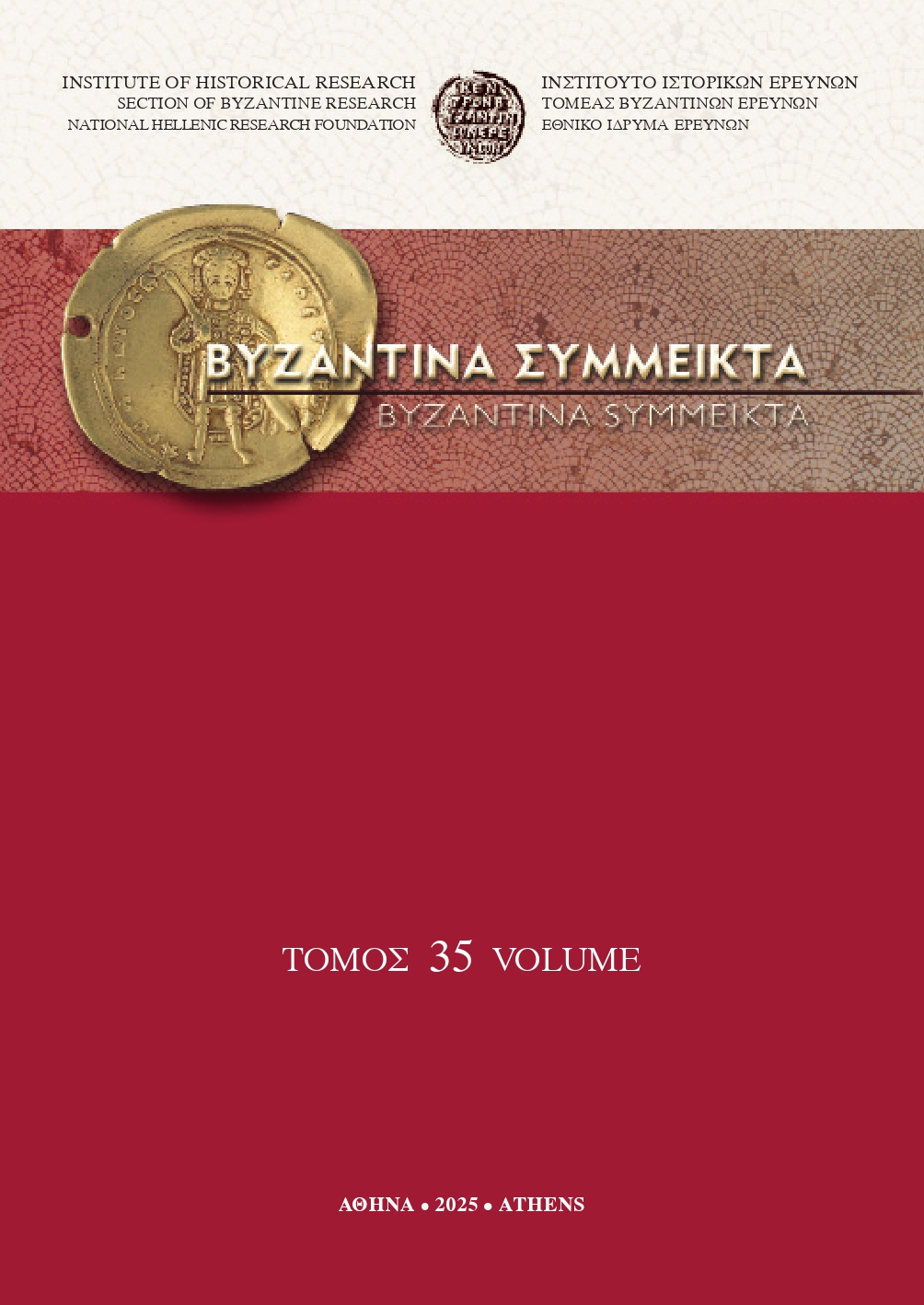Οἱ ἐπαγγελματίες τοῦ Χάνδακα κατὰ τὸν 14ο αἰώνα. Σχέσεις μὲ τὸν καταναλωτὴ καὶ τὸ κράτος

Abstract
Ch. Gasparis
Les professionnels du Candie au XIVe siècle. Relations avec les consommateurs et l'État
Les professionnels du Candie, quand même peu nombreux, étaient, comme à Venise, sous le contrôle continuel des autorités indigènes. L'absence d'organisation systématique et des capitolari, au moins pendant le XlVe siècle, obligeait les autorités à publier de temps en temps des édits (bandi) avec lesquels ils déterminaient les relations entre les artisans et les professionnels, entre tous les deux et les consommateurs et entre eux mêmes et l'État. Les trois justiçiarii constituaient le corps qui surveillait tout le monde professionel de Crète, s'occupait de l'application des édits et exerçait essentiellement la politique de Venise.
Il y avait un centre commercial, comme Rialto à Venise, dans la place centrale de la ville et des quelques autres marchés, moins importants, au dehors de cette place. L'État contrôlait surtout ceux qui s'occupaient de la production et la vente des aliments, les orfèvres, les forgerons, les peseurs et les médecins.
Article Details
- How to Cite
-
ΓΑΣΠΑΡΗΣ Χ. (1989). Οἱ ἐπαγγελματίες τοῦ Χάνδακα κατὰ τὸν 14ο αἰώνα. Σχέσεις μὲ τὸν καταναλωτὴ καὶ τὸ κράτος. Byzantina Symmeikta, 8, 83–133. https://doi.org/10.12681/byzsym.726
- Issue
- SYMMEIKTA 8
- Section
- Articles

This work is licensed under a Creative Commons Attribution-NonCommercial-ShareAlike 4.0 International License.
Copyright: The copyright for articles in this journal is retained by the author(s), with first publication rights granted to the journal. By virtue of their appearance in this open access journal, articles are free to use (with the exception of the non-granted right to make derivative works) with proper attribution for non-commercial uses (licence Creative Commons 4.0). NHRF retains the worldwide right to reproduce, display, distribute, and use articles published in BYZANTINA SYMMEIKTA in all formats and media, either separately or as part of collective works for the full term of copyright. This includes but is not limited to the right to publish articles in an issue of the Journal, copy and distribute individual reprints of the articles, authorize reproduction of articles in their entirety in another NHRF publication, and authorize reproduction and distribution of articles or abstracts thereof by means of computerized retrieval systems.








